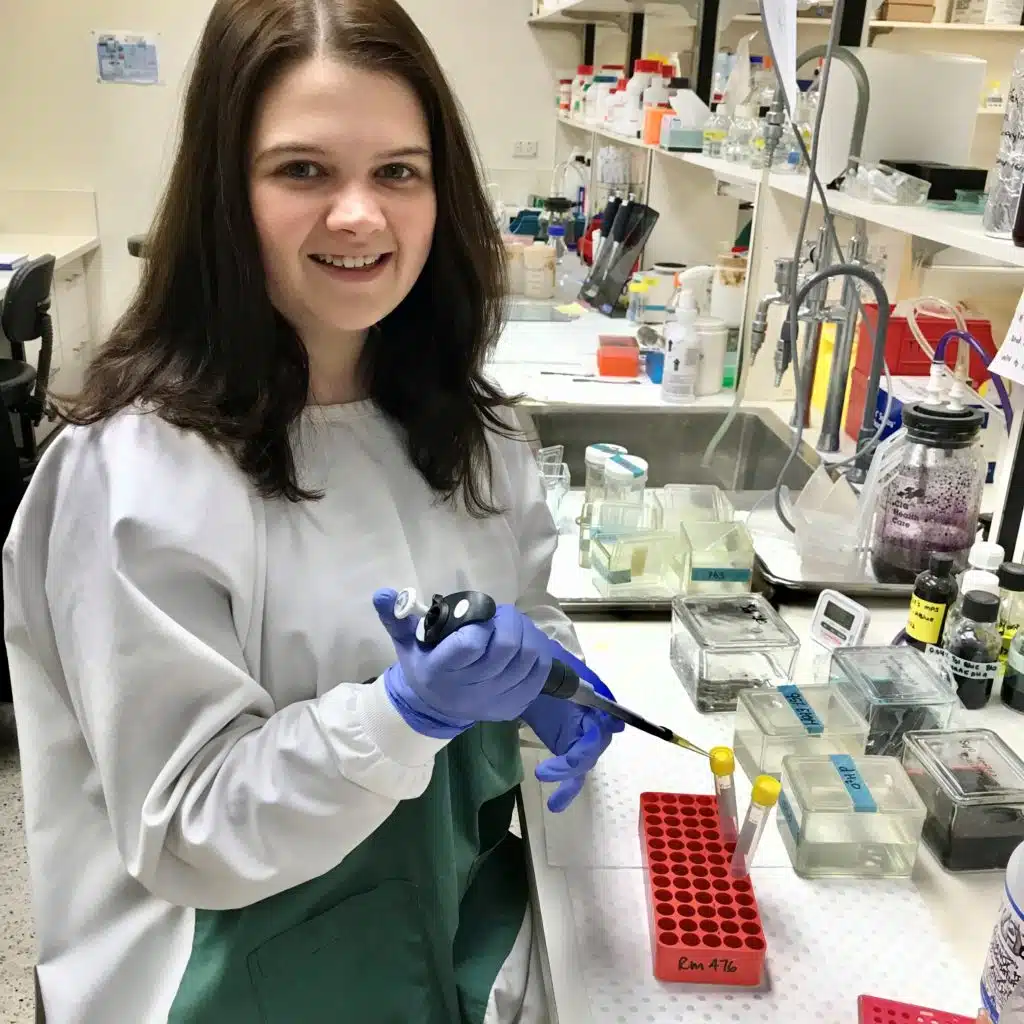Misshapen sugar molecules that disrupt brain cell formation are responsible for the rare neurodegenerative disease Sanfillipo syndrome, Australian researchers have found.
Sanfilippo syndrome affects around 350 children in Australia and is generally fatal before 18 years of age. There is currently no cure or effective treatment.
Rebecca Lehmann, a PhD candidate at the University of Adelaide, has been investigating the cause of the disease.
Scientists already knew that children with the syndrome display a build-up of a complex sugar within brain cells. This sugar is important for normal brain development; however, when it builds up in Sanfilippo syndrome, the sugar has a different structure to normal.
Rebecca and her colleagues in the Matrix Biology Unit at SA Pathology and the University of Adelaide have been investigating how the different structure of this sugar affects brain cell development.
“We’ve known for a long time that Sanfilippo syndrome results in a build-up of sugar, but we haven’t really known how this leads to the severe neurological symptoms the patients have,” says Rebecca.
To find out, Rebecca took stem cells from wisdom teeth and encouraged them to develop into brain cells. During the developmental process, she added the different types of sugar to see their effect.
Rebecca found that the normal form of the sugar promotes brain cell formation. However, when the sugar stored in Sanfilippo syndrome is added, it reduced the ability of brain cells to form.
“For the first time, we’ve been able to show that the sugar in Sanfilippo syndrome is actually disrupting brain cell formation,” Rebecca says.
Rebecca and her colleagues hope that finding out more about the underlying causes of Sanfilippo syndrome will allow them to develop more effective treatments in the future.
Banner image credit: University of Adelaide





 Fresh Science is on hold for 2022. We will be back in 2023.
Fresh Science is on hold for 2022. We will be back in 2023.